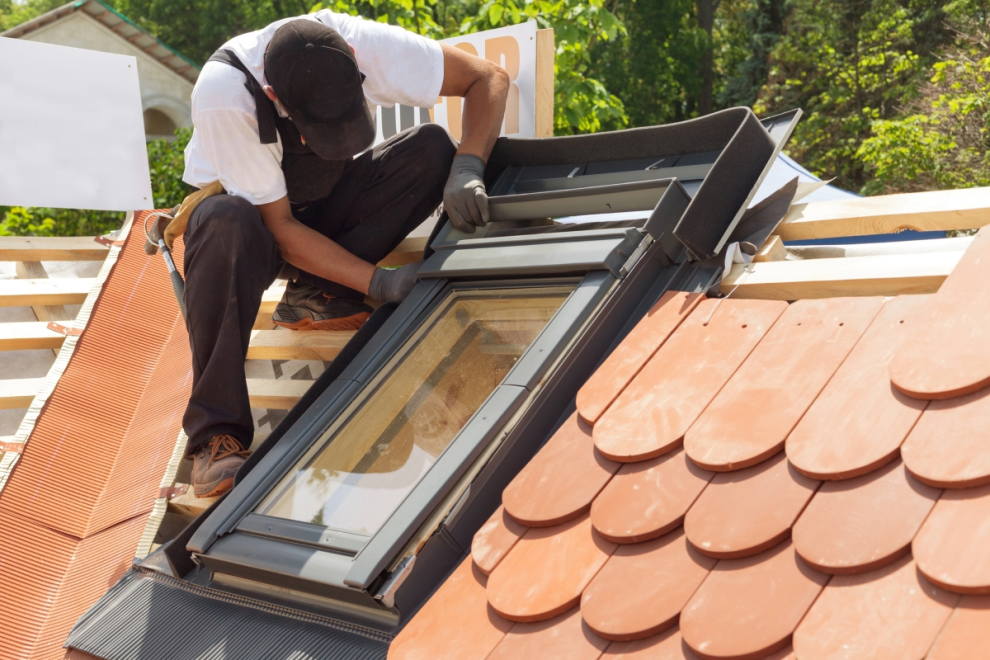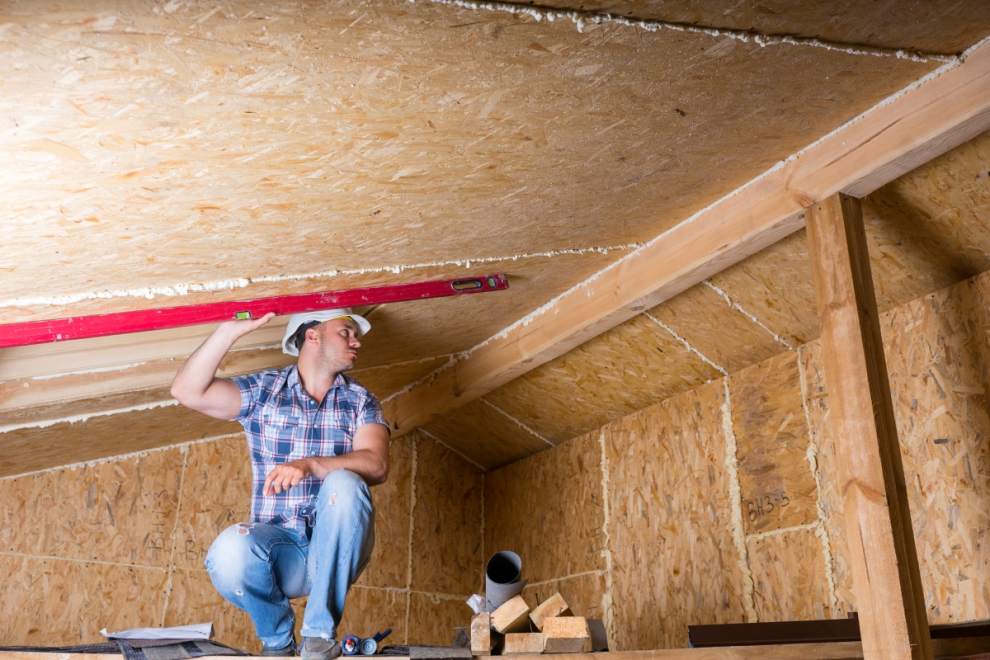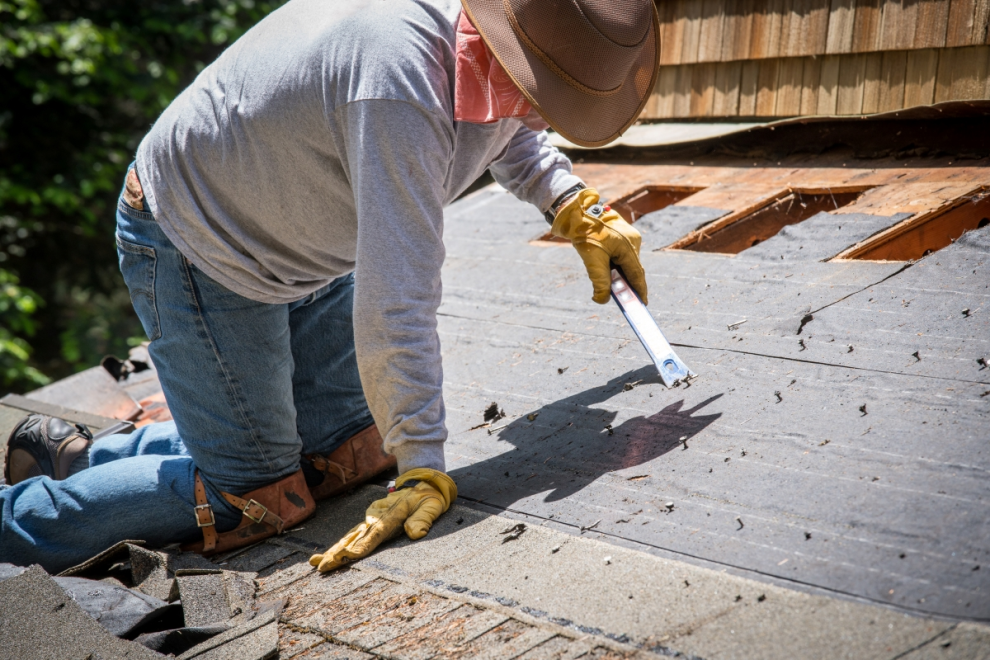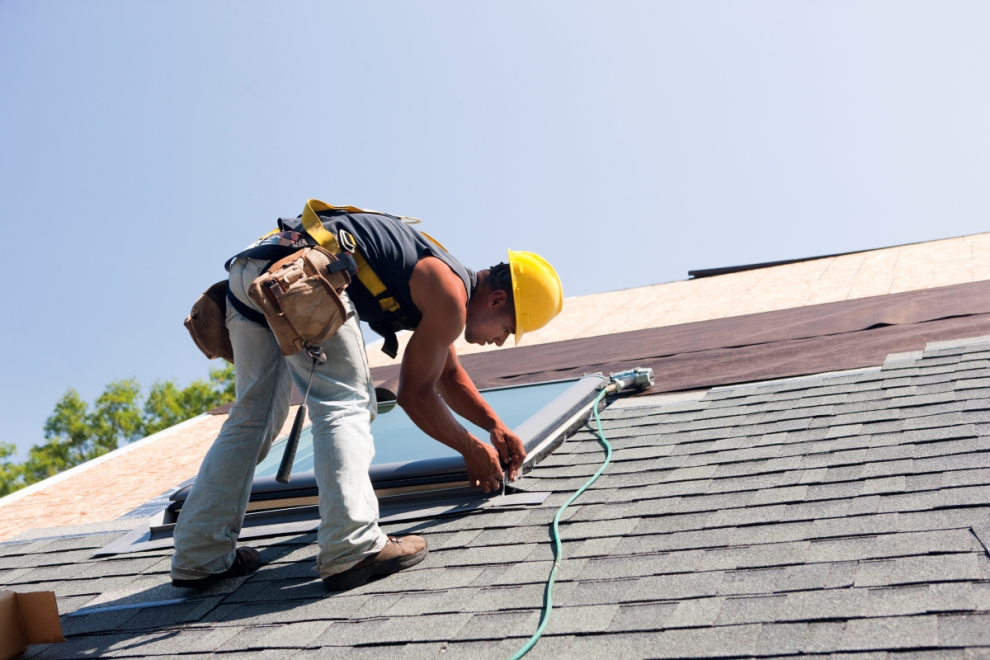Imagine walking into a room bathed in warm, natural sunlight pouring in from above. That’s the magic of a skylight — a window in your roof that brightens your home with daylight, freshens the air, and adds a unique touch of style. Skylights have been growing in popularity as more homeowners seek ways to bring natural light indoors, reduce energy bills, and create more inviting spaces. But if you’ve never installed one before, you might be wondering: How do skylights work? Are they worth the investment? Can I install one myself? And how do I keep it in good shape?
This guide is here to answer all those questions and more. We’ll explore the many benefits of skylights, from enhancing your home’s atmosphere and boosting energy efficiency to increasing your property value. Then, we’ll walk you through the installation process step by step — breaking down the technical details into simple, easy-to-follow instructions. Whether you’re a seasoned DIYer or someone who prefers to hire a pro, this guide will help you understand what’s involved, so you can make the best choice for your home and budget.
Skylights aren’t just about light — they’re about transforming the way your home feels. Unlike traditional windows, skylights bring in sunlight without sacrificing privacy, and they can even improve air circulation if you choose a vented model. Plus, modern skylights come with energy-efficient features designed to keep your home comfortable year-round. However, like any home improvement project, installing a skylight requires careful planning and proper maintenance to avoid leaks or damage.
We’ll also take a close look at the costs involved, so you’ll know what to expect when budgeting for your skylight. And if you’re curious about what real homeowners say, we’ve gathered insights from online reviews to share the good, the bad, and the tips to avoid common pitfalls.
By the end of this guide, you’ll have a clear understanding of how skylights can brighten your life and how to bring that sunlight indoors safely and effectively. Ready to let the sunshine in? Let’s get started!
Benefits of Skylights in the Home
Skylights offer more than just a pretty window on your roof. Here are some key benefits:
1. Natural Light Boost
Skylights bring in loads of natural sunlight, which brightens up even the darkest rooms. Natural light can improve mood and reduce the need for artificial lighting during the day.
2. Energy Efficiency
By letting in sunlight, skylights help warm your home naturally during colder months, which can reduce heating costs. Some modern skylights even come with energy-efficient glazing that helps keep heat out in summer.
3. Improved Ventilation
Ventilated skylights open to let fresh air circulate, helping to cool your home naturally and reduce reliance on air conditioning.
4. Increase Home Value
Skylights add a unique architectural element that can make your home more appealing to buyers and potentially increase its market value.
5. Health Benefits
Exposure to natural light helps regulate sleep patterns, boosts vitamin D, and can improve overall well-being.
6. Enhanced Privacy
If you want light without sacrificing privacy (like in bathrooms or bedrooms), skylights are a perfect solution because they bring in light from above without neighbors peeking in.
Can I Install a Skylight Myself?

Many homeowners wonder if they can DIY skylight installation. The answer depends on your skill level and the complexity of your roof.
- Simple Roofs: If you have a straightforward roof structure and some handy skills, installing a basic skylight might be doable.
- Complex Roofs: For steep roofs, multi-layer roofing, or special skylight types (like tubular or vented skylights), it’s best to hire a professional.
- Building Codes & Permits: You’ll need to check local building codes and possibly get permits, which pros are familiar with.
Pro tip: If you decide to DIY, carefully follow instructions, and be prepared with the right tools and safety gear.
Skylight Installation Cost
The cost of installing skylights varies widely depending on several factors:
- Type of Skylight: Fixed skylights are generally cheaper than vented or tubular ones.
- Size: Larger skylights cost more both for materials and installation.
- Roof Type: Steep or complex roofs add to labor costs.
- Labor: Professionals typically charge between $200 to $500 per skylight for installation.
- Additional Features: Energy-efficient glazing, blinds, or remote controls can raise prices.
Average Cost Range:
- Basic fixed skylight: $500 – $1,500
- Vented or electric skylight: $1,000 – $2,500
- Tubular skylights: $600 – $1,200
Keep in mind: professional installation can save you headaches and avoid leaks or damage.
What to Consider Before Installing a Skylight
Before you start measuring and cutting, consider these important points:
1. Roof Condition
Is your roof in good shape? Installing skylights on an old or damaged roof might cause leaks and cost more in repairs later.
2. Placement
Think about where the sun hits your roof. South-facing skylights bring in the most light but might increase heat. East or west can be gentler.
3. Room Purpose
Where you install the skylight matters. Bathrooms need waterproof models, kitchens might want venting for steam, and living rooms might benefit from larger fixed skylights.
4. Energy Efficiency
Look for skylights with low-E glass or multiple glazing layers to minimize heat loss or gain.
5. Local Building Codes
Make sure to check if permits or inspections are required in your area.
6. Safety and Waterproofing
Proper flashing and sealing are essential to prevent leaks.
How to Install a Skylight
If you’re feeling confident, here’s a step-by-step guide to installing a fixed skylight.
Step 1: Measure the pitch of your roof
The roof pitch (slope) determines how you will cut and fit the skylight. Use a level and measuring tape to find the angle of your roof.
Step 2: Plan skylight placement

Choose a spot between rafters or joists where the skylight will fit. Mark the area on the ceiling and roof.
Step 3: Cut a rough opening from inside
Cut an opening slightly larger than the skylight frame inside the attic or ceiling.
Step 4: Remove roof shingles

On the roof, remove shingles in the marked area. Be careful not to damage surrounding shingles.
Step 5: Cut into the roof
Cut the roof decking inside the markings. Remove any nails or screws. Ensure the opening is square and smooth.
Step 6: Place the skylight
Put the skylight into the opening from the roof side. Check it fits snugly and aligns properly.
Step 7: Seal the sides of the skylight
Apply roofing sealant around the edges to prevent leaks.
Step 8: Add the sill and step-flash the sides

Install flashing around the skylight edges, starting with the bottom, then sides, then top. This helps water run off safely.
How to Maintain Your Skylight
Skylights are generally low maintenance, but a little care goes a long way:
- Clean Glass Regularly: Use mild soap and water to clean inside and outside glass.
- Check for Leaks: Inspect flashing and seals annually, especially after storms.
- Clear Debris: Remove leaves or dirt from the roof area around the skylight.
- Inspect Mechanical Parts: For vented skylights, lubricate hinges and check operation.
- Replace Weather Stripping: If drafts develop, reseal or replace weather stripping.
Skylight Reviews: What Homeowners Are Saying
After analyzing hundreds of skylight reviews online, here are some common themes:
Pros:
- Most homeowners love the increased natural light and the fresh feel skylights bring.
- Vented skylights are praised for improved airflow and reducing indoor humidity.
- Energy-efficient models are appreciated for cutting heating bills.
Cons:
- A few reviewers mention difficulty in installation, especially DIYers.
- Some report leaks due to improper sealing or old flashing.
- Price is often cited as a downside, especially with professional installation costs.
Overall Impression:
After reviewing a wide range of homeowner experiences and expert opinions on skylights, the overall impression is overwhelmingly positive—though with some important caveats to keep in mind.
Skylights are generally seen as a fantastic way to transform the atmosphere of a home by flooding interiors with natural light, which many users say significantly improves the mood and comfort of their living spaces.
The addition of daylight can make rooms feel larger, warmer, and more inviting, and many homeowners report a real “wow” factor once their skylights are installed.
One of the biggest perks frequently highlighted is the energy-saving potential. Homeowners who installed skylights with energy-efficient glazing noticed a reduction in heating bills during the colder months because sunlight helps naturally warm the house.
Ventilated skylights are also praised for improving indoor air quality by allowing fresh air to circulate, which is especially appreciated in kitchens, bathrooms, and stuffy rooms. Many users find these features invaluable during warmer months when opening a window might not be ideal.
That said, not all feedback is perfect. A common thread in less positive reviews concerns installation difficulties and the risk of leaks. Skylights require precise cutting, flashing, and sealing to prevent water infiltration.
Several homeowners who attempted DIY installations shared stories of leaks and drafts caused by poor sealing or improper flashing. This often led to costly repairs and a frustrating experience. As a result, many recommend hiring experienced professionals to avoid these pitfalls.
Another concern is the upfront cost. Skylights and their installation can be pricey, especially when opting for advanced features like electric openers, remote controls, or specialized glazing. However, most homeowners agree the investment is worth it for the long-term comfort, light, and potential energy savings.
Maintenance is generally described as straightforward but necessary. Regular cleaning and inspections to check seals and flashing help keep skylights in top shape and prevent leaks. Some users note that vented skylights require occasional lubrication and servicing to maintain smooth operation.
In summary, skylights receive high marks for their ability to brighten homes and enhance air circulation. When installed correctly and maintained well, they offer excellent value and enjoyment. The key to a successful skylight experience is thoughtful planning and quality installation, so you can enjoy the bright, fresh atmosphere they create without worry.




